Xiaomi Mi Mix 2 Review
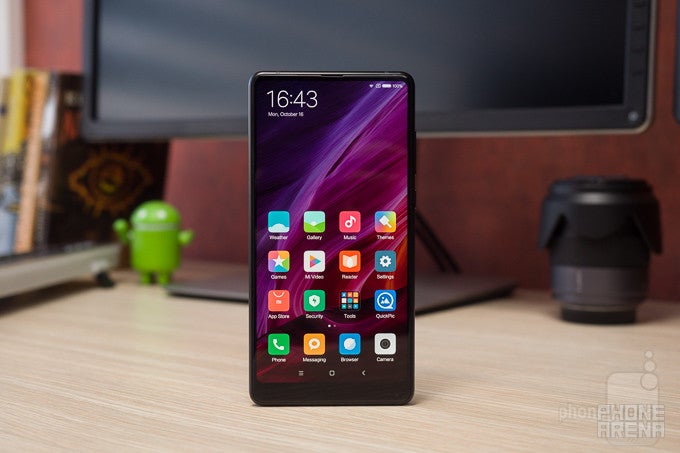
Introduction
In 2016, Chinese manufacturer Xiaomi introduced a smartphone which was among the first to spur the all-screen craze we're observing today. The name of this unusual device was the Xiaomi Mi Mix. The gigantic phablet stood out with its “tri-bezel-less” 6.4-inch screen and attractive ceramic back plate, but unfortunately, it was hard to acquire for anyone living outside of China.
Luckily, Xiaomi has recently released a follow-up to the handset which grabbed our attention a little less than 12 months ago. The new Mi Mix 2 comes with many of the traits which made its predecessor a head-turner, but is more compact and features global LTE support. This may sound encouraging if you're looking to import something exotic from overseas, but let's first put the Mi Mix 2 under scrutiny and see if it can compete with its mainstream rivals.
Design
No longer futuristic, but still a looker
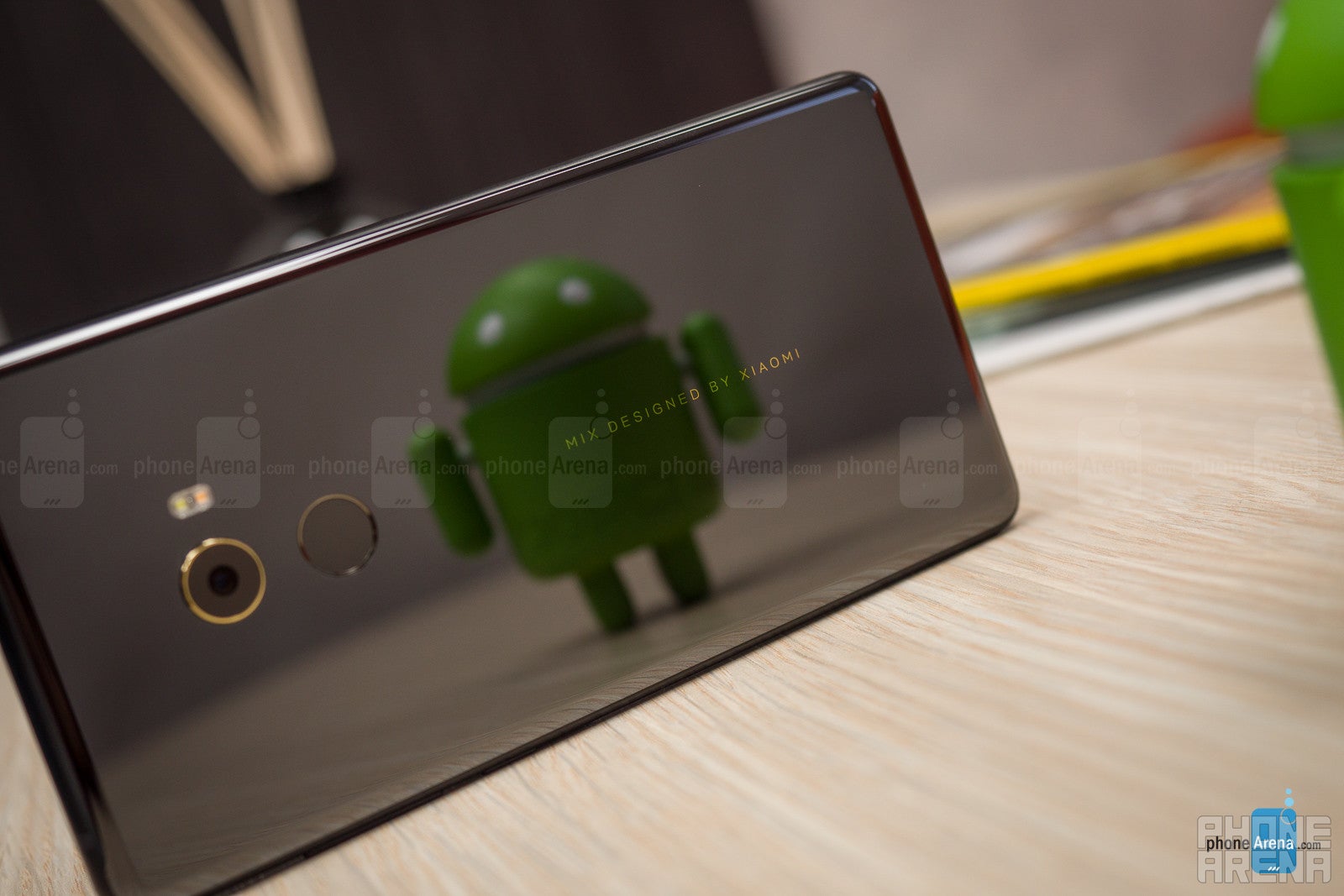
Unlike the first model, the design of the Mi Mix 2 doesn't look that futuristic anymore... Of course, this is largely due to every other big company jumping on the all-screen bandwagon, and it doesn't take away from the fact that this handset is a joy to look at.
This time around, Xiaomi has gone with a smaller, 6-inch screen, which makes the Mi Mix 2 much more compact than its 6.4-inch predecessor. The display seems to run off the edge on three sides, with a thicker “chin” situated at the bottom.
The 5MP front camera is located at the right corner of this lower bezel, which is a big con from a design standpoint. We've covered this at length in our “camera” section, so make sure to check it out for the full scoop.
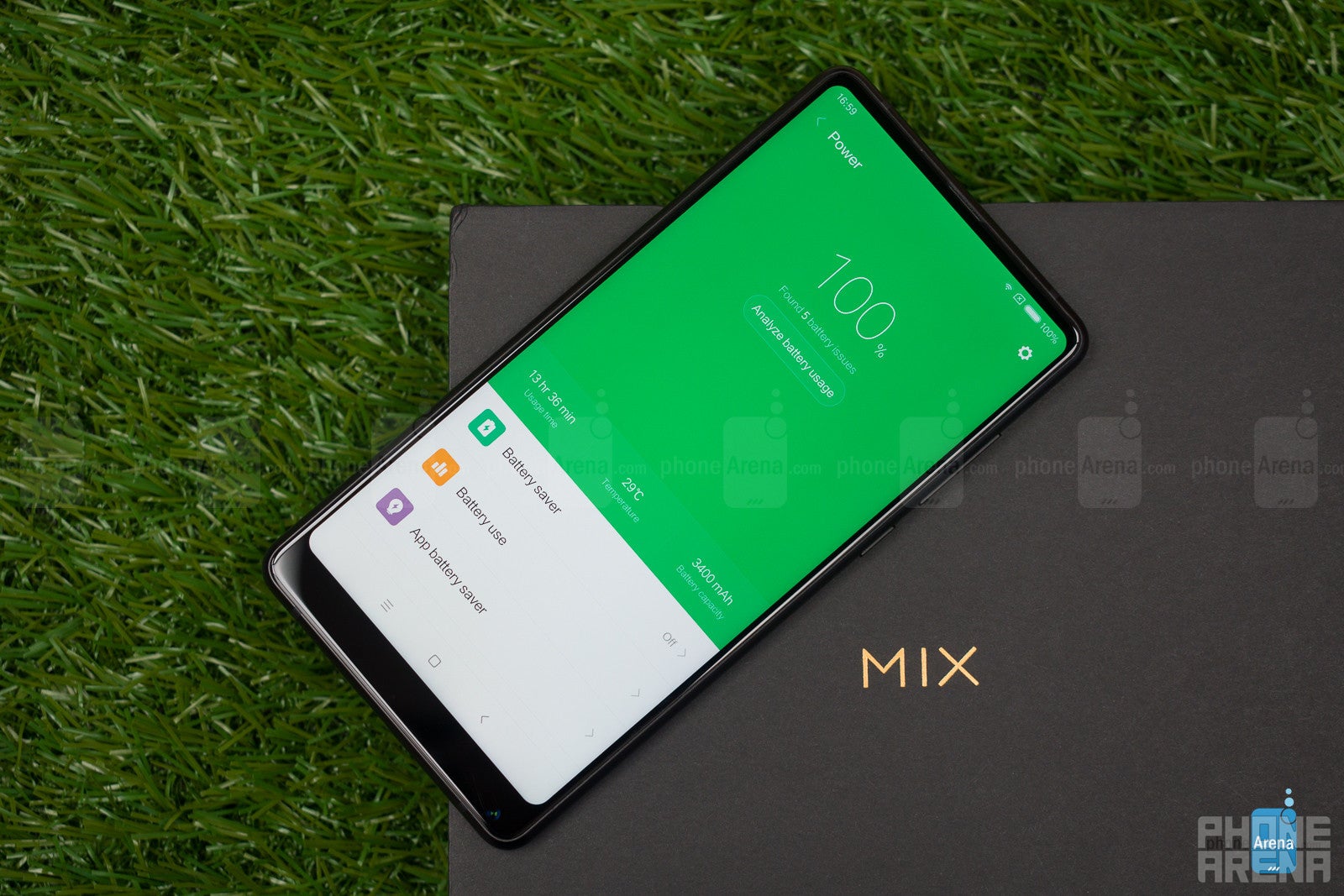
Meanwhile, an aluminum frame is sandwiched between the front and back of the device. It plays host to the speaker and type-C USB port that are placed at the bottom, as well as the power key and volume rocker which are situated on the right. You'll find the SIM tray on the left, but sadly, Xiaomi hasn't included a 3.5mm headphone jack. Still, there is an adapter present in the retail box.
Display
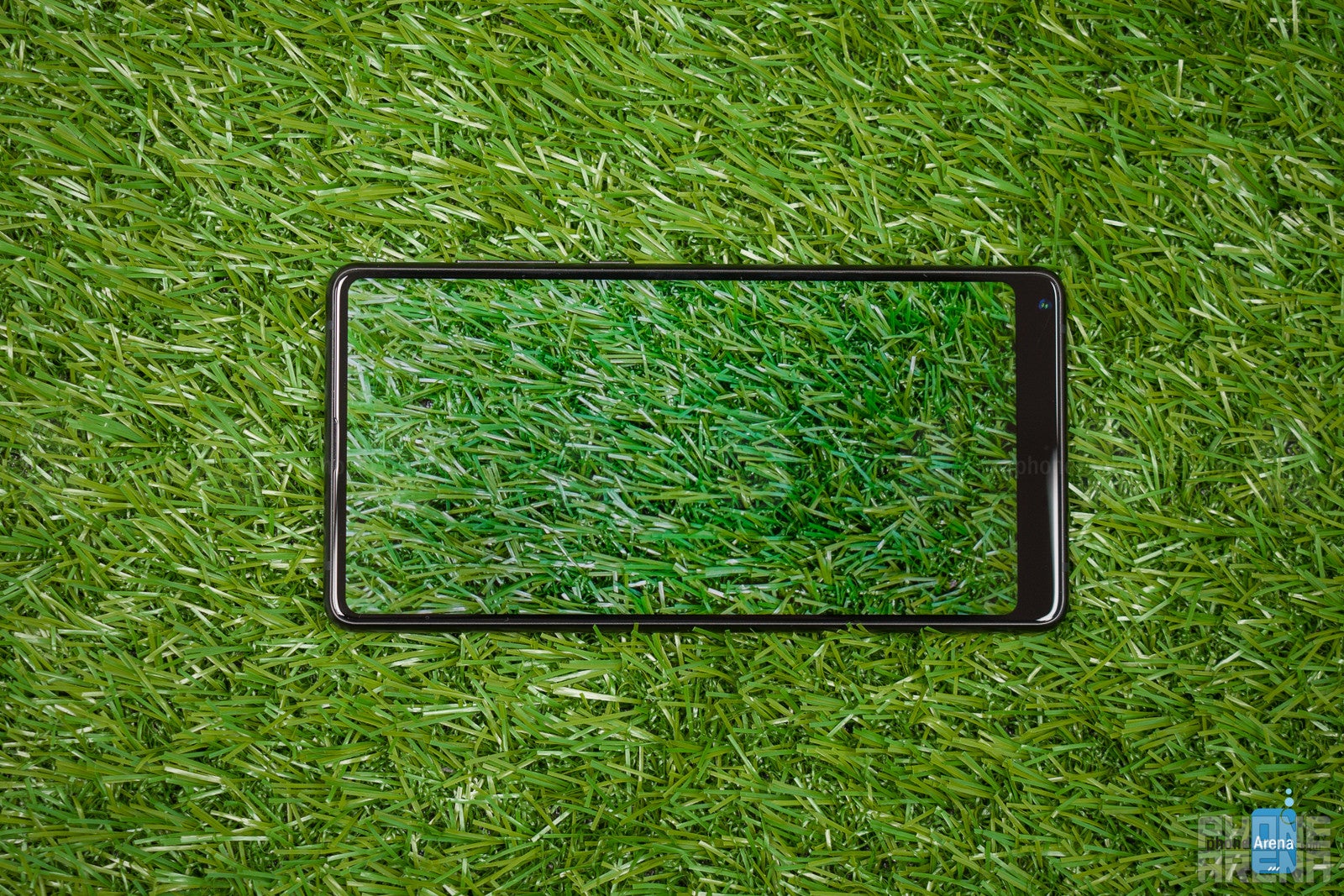
One of the defining features of the Mi Mix 2 is its 6-inch LCD display. With a resolution of 1080 x 2160 pixels, this screen employs an aspect ratio of 18:9. This is not some fancy Quad HD panel, but its pixel density of 402ppi translates to some really nice and sharp-looking graphics.
Our overall impressions are that the display is sufficiently bright and quite accurate in terms of color representation. This is further confirmed by our measurements – the color temperature is really close to the ideal 6,500K, while the maximum brightness level stands at 517 nits. On the other hand, the minimum brightness level of 1 nit means that you won't burn your retinas when you use the phone at night.
Interface and performance
Powerful, but MIUI is cumbersome
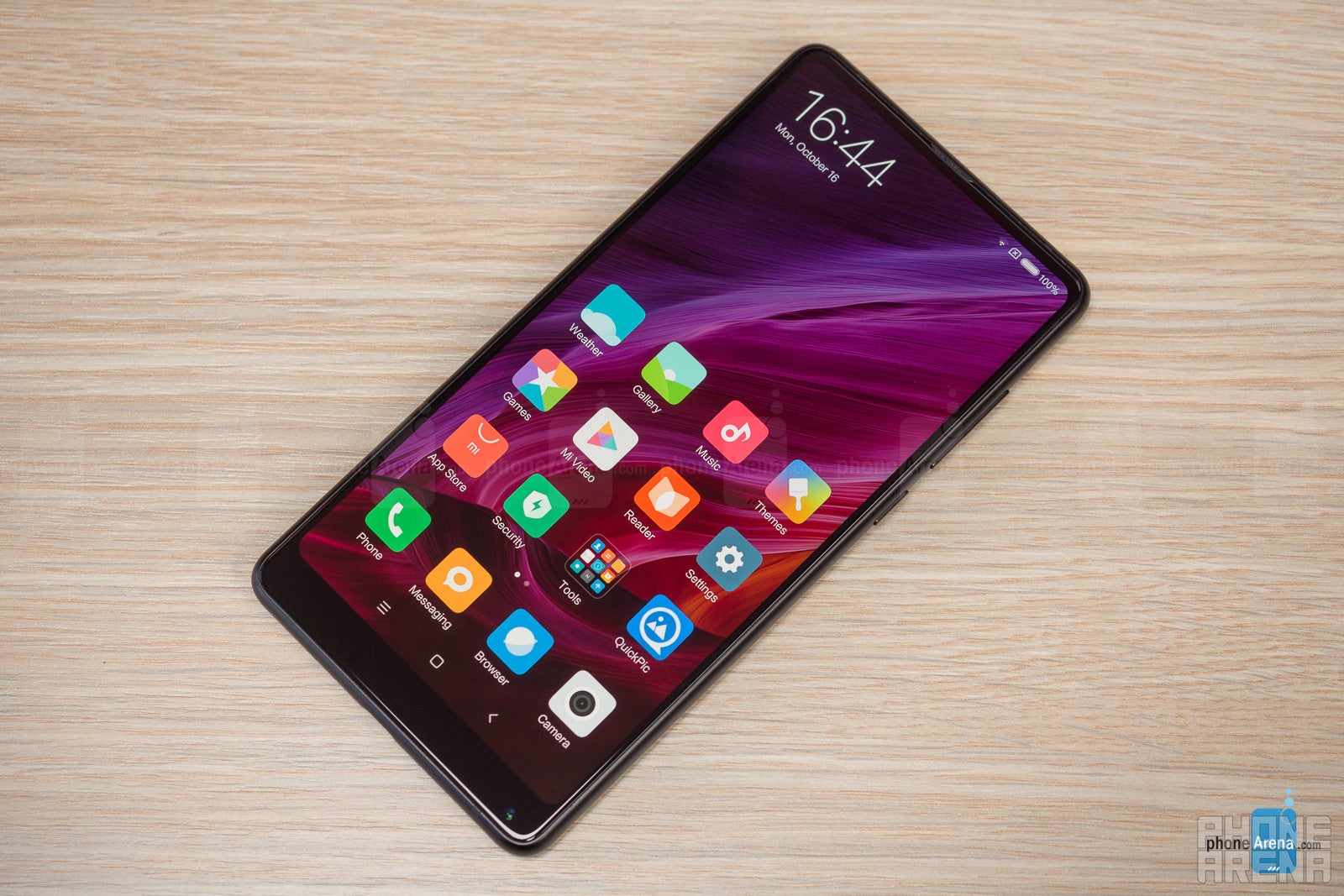
The Mi Mix 2 arrives with Xiaomi's custom MIUI 8.5 skin which is based on Android 7.1.1. The review unit we received is intended for sale in China, so during its first boot up, it didn't go through an initial setup and everything was in Chinese.
Granted, you can switch the language to English, download Google Play, a keyboard app of your choice, and other necessary services, but from a user experience perspective, it's a hassle. Still, Xiaomi's main target audience is the Chinese market and tech-savvy fans of the brand, so we can't really be too judgmental. There's also a more “global” version of the software available on certain units. If you happen to be a more casual user on the hunt for this exotic flagship, keep in mind that importing it might involve risks of this kind.
As you might know, MIUI bears a striking resemblance to iOS, and this specific version is rich in bloatware. Fortunately, you can delete a lot of the unwanted apps, but this is just another chore on the to-do list before you can actually start enjoying your phone.
Performance-wise, the Mi Mix 2 will breeze through just about anything. No game or app is too great for Qualcomm's high-end Snapdragon 835 chipset and the excessive 6GB of RAM. Cruising through the UI is generally stutter-free, save for a few minor software slowdowns here and there.
In terms of internal storage, the handset comes in three versions – 64GB, 128GB, and 256GB. Neither of these features an SD card slot, so you'll only get the storage you paid for.
Camera
Average at best. Corners were cut here.
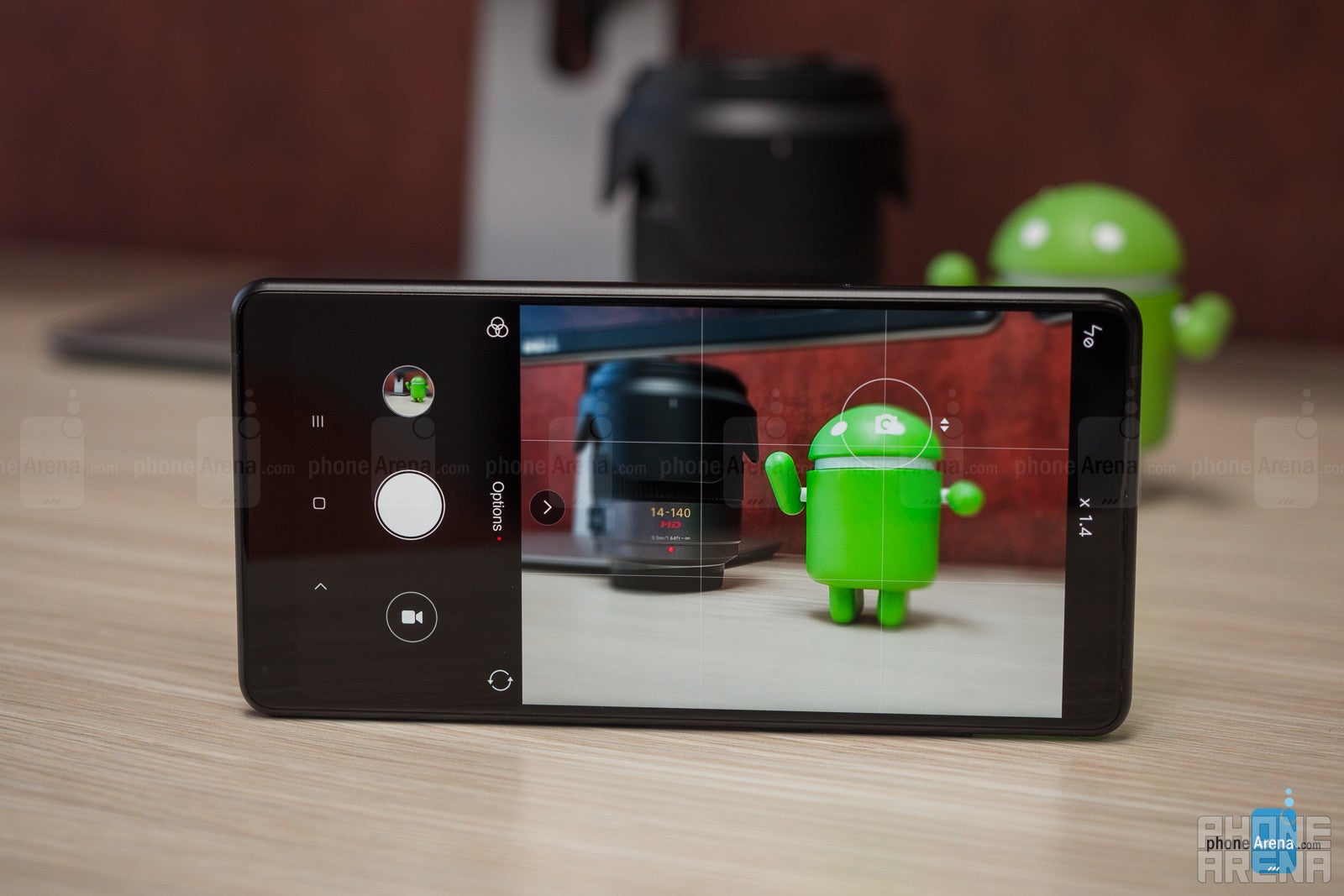
The Mi Mix 2 comes with a single 12MP F2.0 main sensor with Dual-LED flash. We're a bit puzzled by Xiaomi's decision not to go for a dual-camera here, as the company's Mi 6 flagship and even the mid-range Mi A1 both feature a secondary telephoto lens that allows for bokeh effects.
The main camera can take some decent shots under proper daylight conditions, but low-light performance isn't all that great as photos tend to come out noisy. In such situations, the HDR mode does help out a bit.
As for the camera app itself, we have to say that it's certainly not lacking in features. All the essentials are here – HDR mode, Pro mode, panorama, a variety of filters, and so on. However, what bugs us is that HDR mode has to be enabled manually and doing so introduces a noticeable delay between shots.
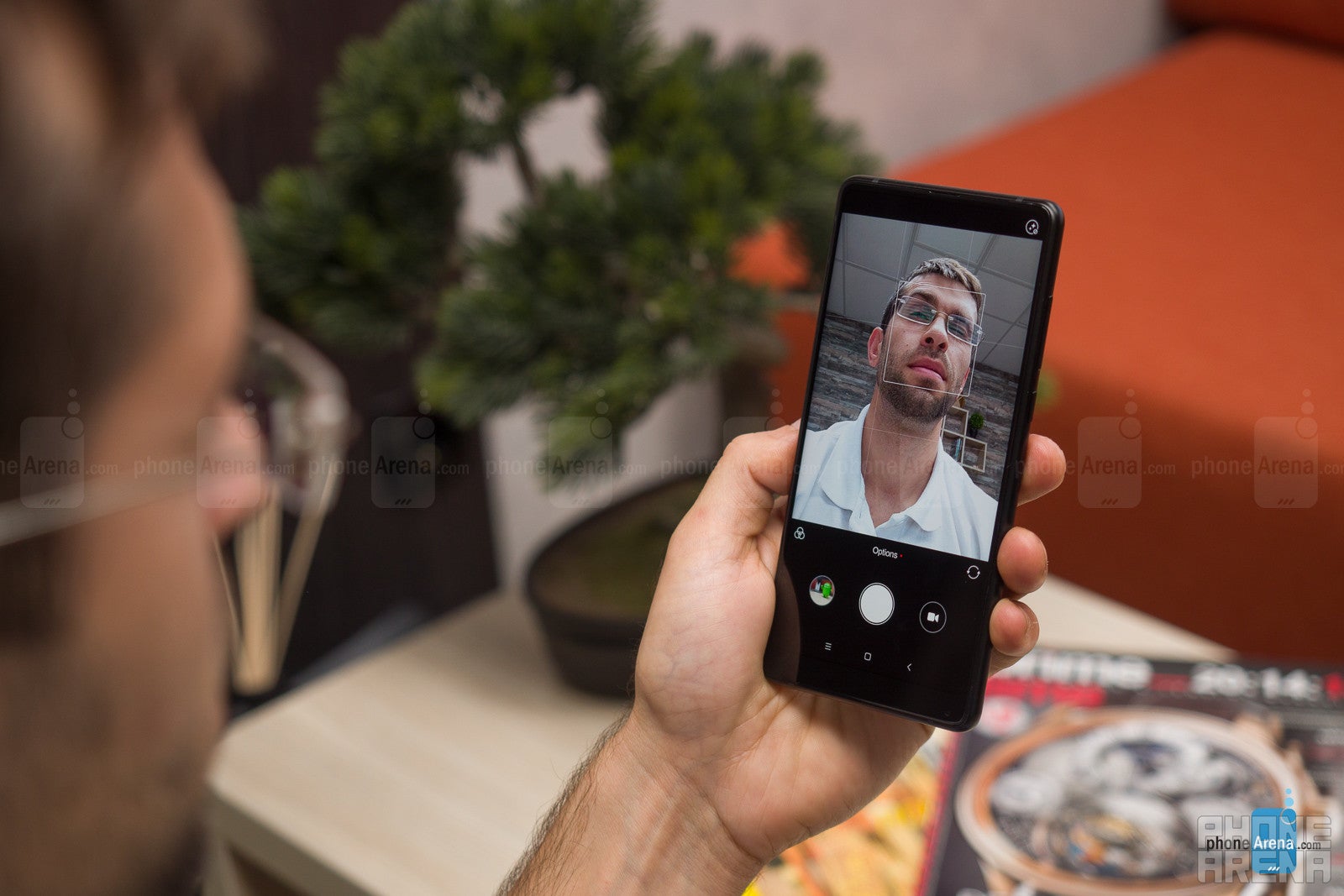
The front cam is positioned at the bottom right corner of the phone
Video recording
Recording video on the Mi Mix 2 has its ups is downs. Video capture defaults to Full HD, while you can also capture 4K clips in 30 frames per second. There's also optical image stabilization which helps with reducing shakiness. The autofocus is fast, yet it doesn't always kick in However, the biggest disappointment is in the audio department – when we play back our clips, the sound is weirdly distorted. Supposedly, this is some sort of noise reduction feature that's also present on other Xiaomi models, but there seems to be no way of disabling it from the camera app.


Multimedia
As far as media consumption goes, the Mi Mix 2 is a bit of a mixed bag. The lack of a headphone jack means that you'll either have to use a wireless headset or get used to carrying the little adapter included in the retail package. Xiaomi typically doesn't provide any earbuds for its handsets; however, this is a high-end model and we feel like it deserves a pair. The single speaker at the bottom of the phone will get the job done, but we've heard far better from some Xiaomi mid-rangers that are nearly twice as cheap.
Things are better on the visual side – the display is large, well-calibrated, and quite bright, which makes watching videos or playing games an enjoyable experience.
Call quality and connectivity
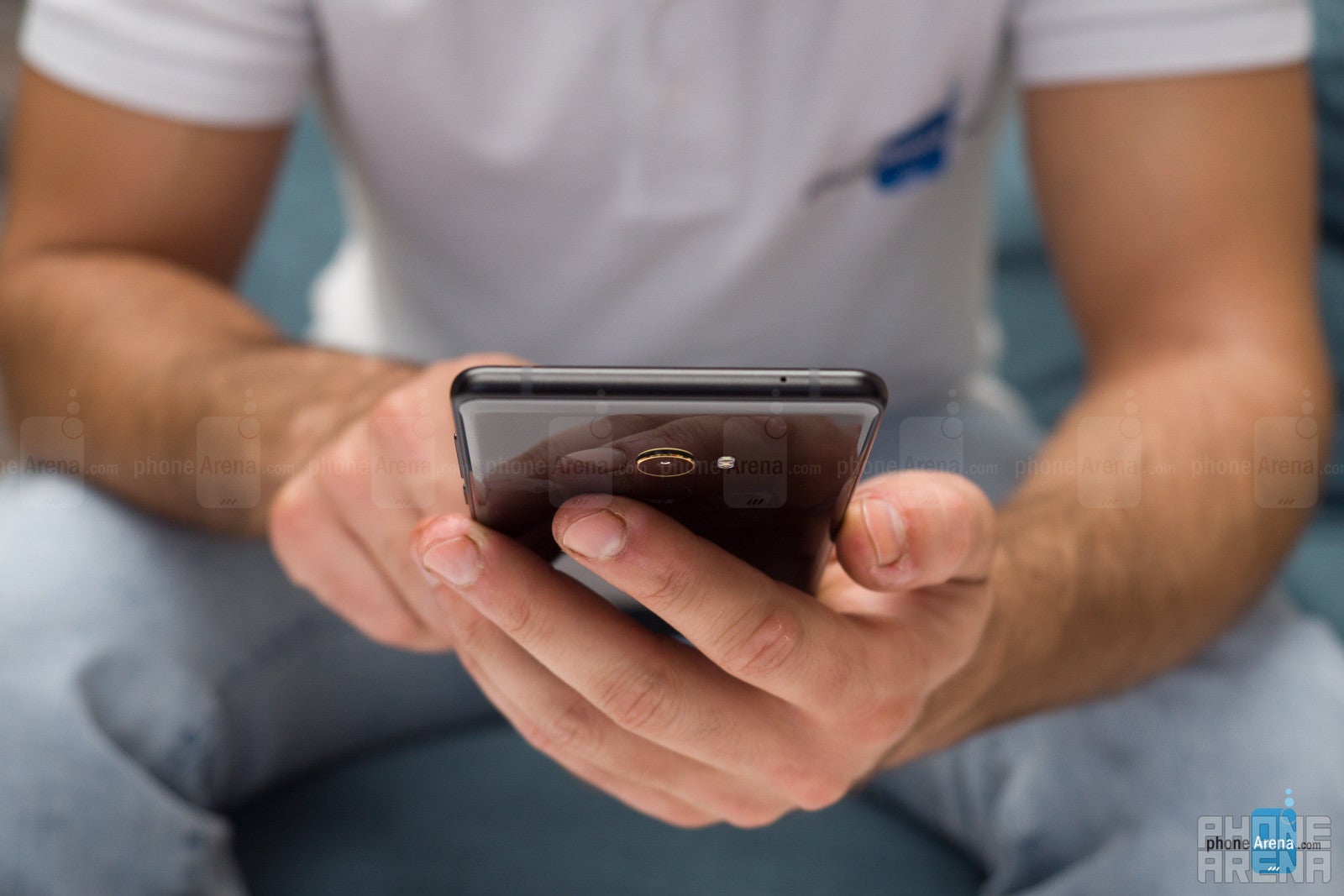
There's a regular phone speaker nestled just above the Mi Mix 2's display. This is quite the engineering feat, as the top bezel of the device is truly minuscule. The sound quality is decent, meaning that you'll be able to hear clearly during phone calls. Meanwhile, the other side of the line won't have any trouble understanding you either.
A rather unique feature of the Mi Mix 2 is that it supports a whopping 43 wireless bands, including CDMA ones. This means that you pretty much have global LTE support. In theory, even if the Mi Mix 2 isn't officially sold in your country, you can import it and it should be compatible with your network. Still, it's always advisable to check with your carrier before committing to a purchase.
The hybrid SIM tray allows you use two SIM cards at once, but as we mentioned earlier, there isn't a slot for a microSD card. All the other goodies are on board, such as Bluetooth 5.0, NFC, GPS, the latest Wi-Fi standards, and so on.
Battery
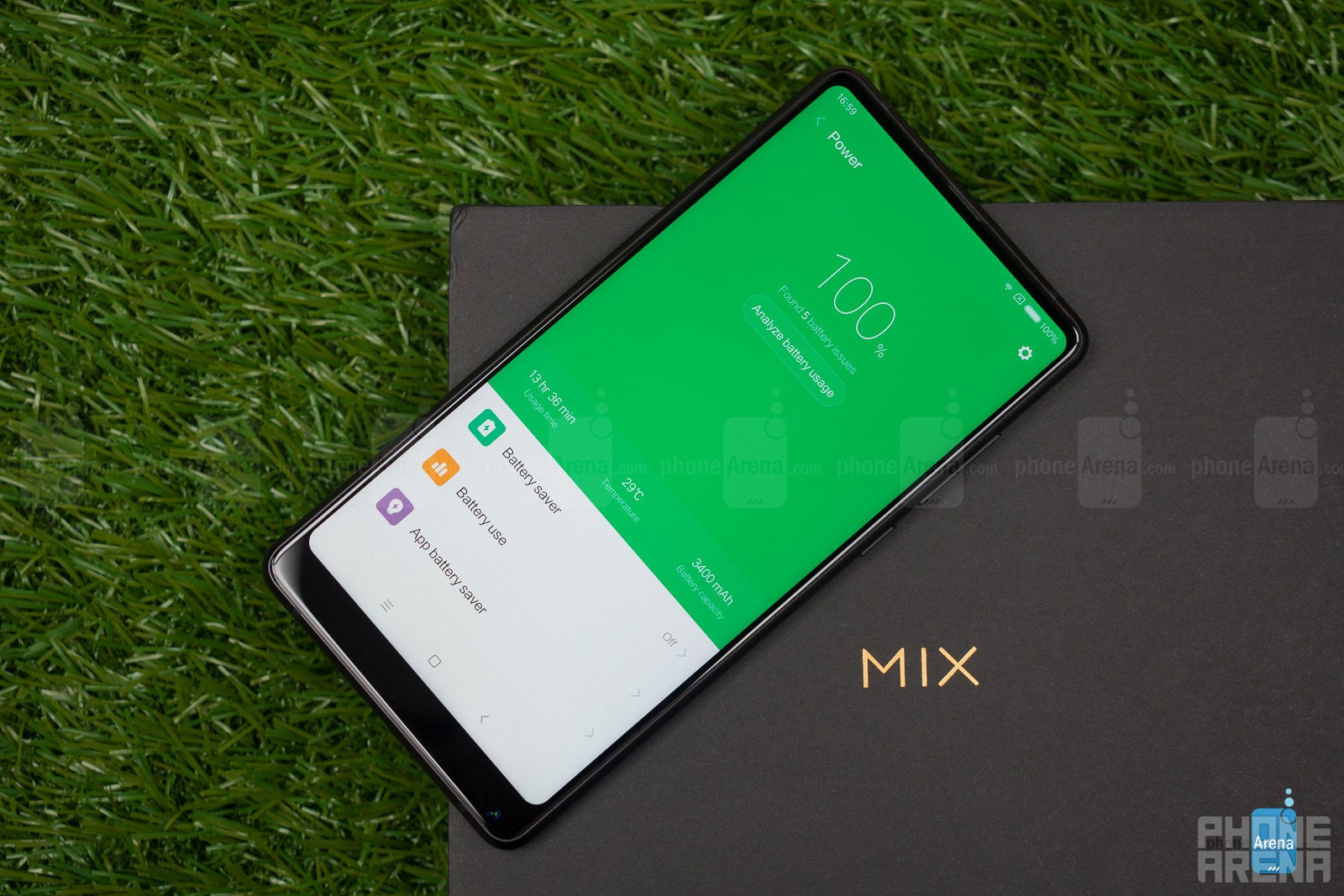
The 3,400mAh battery on the Mi Mix 2 is quite smaller than the 4,400mAh power cell found in the first iteration. Still, the handset managed to clock in at 9 hours and 5 minutes in our custom battery test, which is a good result.
In our experience, you should be able to go through a busy day with some juice to spare, but this is a subjective matter as everyone uses their phone differently.
Conclusion
All in all, the Mi Mix 2 is one very exotic and unconventional smartphone.Xiaomi has put a big emphasis on the design of this handset, which has led to sacrifices being made in other key areas such as the camera department.
If you want to impress people with a great-looking phone, it might make sense for you to try and buy the Mi Mix 2. Still, we would only recommend it if you are tech-savvy and are ready to handle MIUI's peculiarities. Another thing to consider is the fact that support coverage can be limited or non-existent depending on where you live. This may seem a bit disappointing, but at the end of the day, the device is not intended for casual users in North America or Europe.
Consumers in western markets ready to take the plunge could pay up to $650 after taxes plus delivery and import fees. That's not the heftiest price tag we've seen this year, but we have to remember that some of the all-screen competitors of the Mi Mix 2 have dropped in price as well.
For example, for just a tad bit more, you can snag a Samsung Galaxy S8+ that comes with an equally impressive design, better cameras, water resistance, headphone jack, and microSD slot. The S8's battery life isn't as good, but the difference isn't that dramatic.
Another handset that comes to mind is the LG G6. Granted, it uses an older Snapdragon chipset and doesn't offer as much time between charges, but it packs a lot of the features found on the Galaxy S8, a potent dual camera, and currently goes for just north of $450.
Xiaomi Mi Mix 2 review unit provided by our friends at EuDirect.Shop

Follow us on Google News

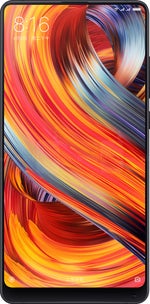
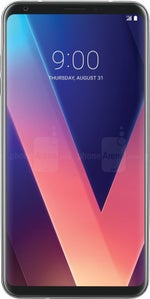
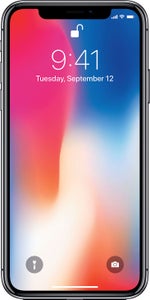





























Things that are NOT allowed:
To help keep our community safe and free from spam, we apply temporary limits to newly created accounts: